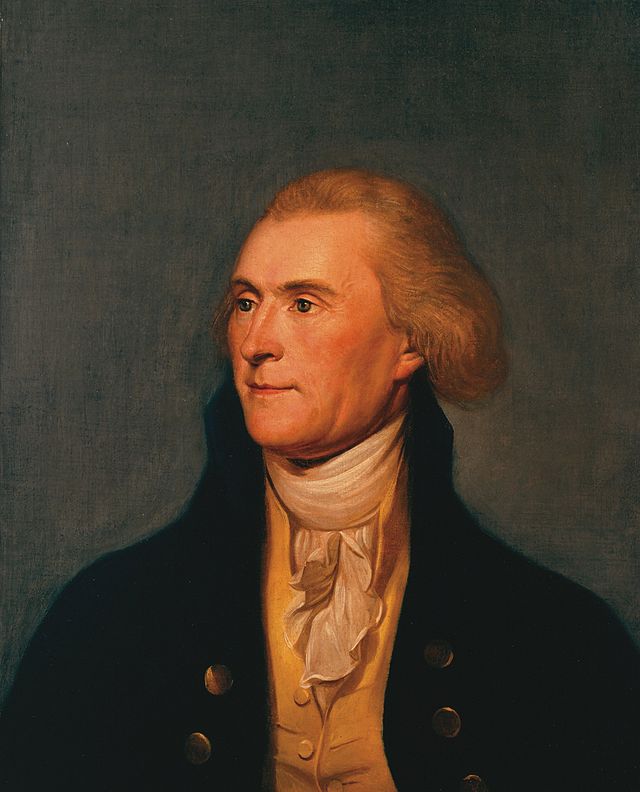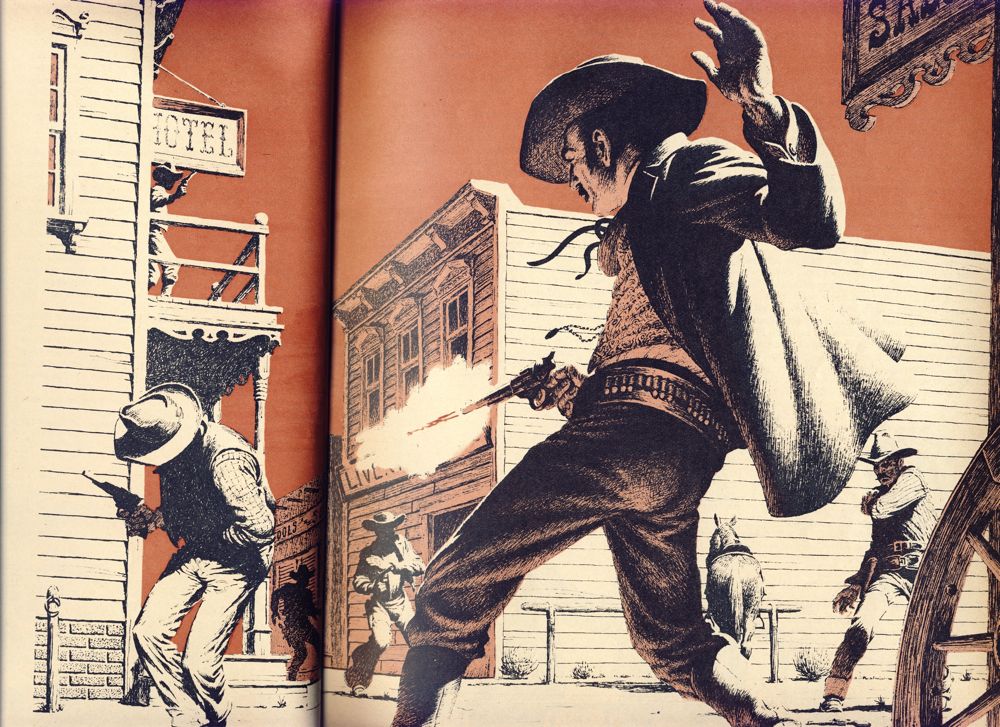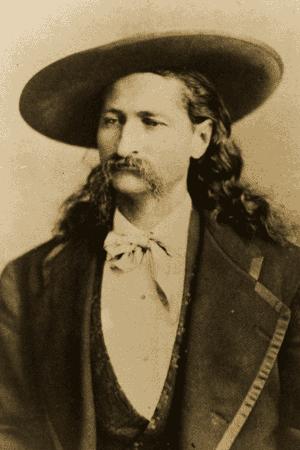Thomas Jefferson is today known as one of America’s greater presidents. So much so that both Democrats and Republicans claim him as their own. But he also undertook another remarkable feat – he re-wrote the Gospels to make them less miraculous. William Bodkin explains.
Few people in American history have been picked over as much as Thomas Jefferson. Of the Founding Fathers, he is considered second only to George Washington, and of the presidents, only Abraham Lincoln may have had more written about him. This is all with good reason. Jefferson, alongside John Adams, formed the original American frenemies; together they forged the creative relationship that gave birth to the United States. Their influence, and conflicts, remain to this day. The United States runs for political office in the language of Jefferson, that of personal freedom and self-determination, but governs in the language of Adams, that of a technocratic elite managing a strong central government.
A portrait of Thomas Jefferson. Circa 1791.
In my last post, I considered John Adams’ Declaration of Independence, the May 15, 1776 resolution he believed to be the real Declaration, consigning Jefferson’s to a mere ceremonial afterthought.[1] Adams, eyes firmly locked on posterity, seemed to compete for immortality with Jefferson. However, despite recent efforts to rehabilitate the image of the second president, Adams, who knew he had made himself obnoxious to his colleagues[2], has largely lost this battle.
Jefferson, by contrast, is beloved as the genius Founding Father whom everyone claims as their own. The Democrats revere him for founding their party, one of the oldest in the world. The Republicans, and the tea party movement in particular, love to quote his language of personal freedom and revolution, like invoking his statement that “the tree of liberty must be refreshed from time to time with the blood of patriots and tyrants.”[3] All agree that his “ceremonial afterthought” should be celebrated for all time.
And yet, though he has won history’s affections, there’s an excellent chance Jefferson would be irritated by being worshiped or followed today. After all, Jefferson had “sworn eternal hostility” against “any form of tyranny over the mind of man,”[4] believing that one generation of humanity could not bind another with its ideas, or even its laws. Jefferson said that it was “self-evident” that “the earth belongs to the living.”[5] Indeed, were he alive today, he would probably encourage us to discard things such as the “original intent” of the Founding Fathers much in the same way he discarded the work of the Evangelists who wrote the Christian Gospels.
REWRITING THE GOSPELS
Jefferson was not known for his devotion to religion. Abigail Adams wrote, after Jefferson had defeated her husband John Adams for the presidency, that the young nation had “chosen as our chief Magistrate a man who makes no pretensions to the belief of an all wise and supreme Governor of the World.” Mrs. Adams did not think Jefferson was an atheist. Rather, Jefferson believed religion to only be as “useful as it may be made a political Engine” and that its rituals were a mere charade. Mrs. Adams concluded that Jefferson was “not a believer in the Christian system.”[6]
Jefferson, who always professed a high regard for the teachings of Jesus, found the Gospels to be “defective as a whole,” with Jesus’ teachings “mutilated, misstated, and often unintelligible.”[7] Jefferson seemed most offended by the accounts of miracles. The Gospels could be improved, he concluded, by removing the magical thinking - that is, anything that could not be explained by human reason.
Following his presidency, Jefferson reconciled with John Adams once Adams had recovered from the bitter sting of presidential defeat. Jefferson confided in his old friend about the project he had undertaken to rewrite the Gospels. Jefferson wrote to Adams that “by cutting verse by verse out of the printed book,” he was able to separate out “the matter which is evidently his (Jesus’),” which Jefferson found to be “as distinguishable as diamonds in a dunghill.”[8] Adams responded favorably to Jefferson’s project, commenting “if I had eyes and nerves I would go through both Testaments and mark all that I understand.”[9]
Jefferson, though, was not finished. He believed the effort he described to Adams was “too hastily done”. It had been “the work of one or two evenings only, while I lived in Washington.”[10] Think, for a moment, how astounding that is. Jefferson’s first effort at reworking the Gospels came while he “lived in Washington,” meaning while he was president. So for fun, after steering the American ship of state, he rewrote the Gospels.
A NEW WAY OF THINKING
While working on his second Gospel revision, Jefferson described his complete disdain for the Evangelists. He found their work to be underpinned by “a groundwork of vulgar ignorance, of things impossible, of superstitions, fanaticisms and fabrications.” Yet he still believed that “intermixed with these” were “sublime ideas of the Supreme Being”, “aphorisms and precepts of the purest morality and benevolence,” that had been “sanctioned by a life of humility, innocence and simplicity of manners, neglect of riches, absence of worldly ambition and honors.” All had been expressed, by Jesus, “with an eloquence and persuasiveness which have not been surpassed.” Jefferson could not accept that Jesus’ purest teachings were the “inventions of the groveling authors who relate them.” Those teachings were “far beyond the powers of their feeble minds.” Yes, the Evangelists had shown that there was a character named Jesus, but his “splendid conceptions” could not be considered “interpolations from their hands.” To Jefferson, the task was clear once more. He would “undertake to winnow this grain from its chaff.” It would not “require a moment's consideration”, as the difference “is obvious to the eye and to the understanding.”[11]
At the end of this process, Jefferson, in his seventy-sixth year, had completed his Life and Morals of Jesus of Nazareth, extracted from the Gospels in Greek, Latin, French & English, an account of the life of Jesus, bereft of any mention of the miraculous. No wedding feast at Cana, no resurrection of Lazarus, and ending with the disciples laying Jesus in the tomb, rolling a great stone to the door, and then departing.
Jefferson’s rewriting of the Gospels is a perfect distillation of his belief that each generation could take and shape the meaning of the Gospels, or really, anything, for their own purposes. Jefferson took these beliefs to his gravestone. Prior to his death, he chose to list there, of all his accomplishments, his three great contributions to the freedom of thought: “Author of the Declaration of American Independence and the Virginia Statutes on Religious Freedom; Father of the University of Virginia.” Jefferson hoped, perhaps, to inspire successive generations not to follow his words, but rather, to live by his example, and cast off the intellectual bonds of the past in order to create a new way of thinking.
Did you find this article interesting? If so, tell the world! Share it, tweet about it or like it by clicking on one of the buttons below…
[1] See, Ellis, Joseph, Revolutionary Summer: The Birth of American Independence, Chapter 1 , “Prudence Dictates.” (Knopf 2013).
[2] Id.
[3] Letter of Thomas Jefferson to William Stephens Smith, Novmeber 13, 1787.
[4] Letter of Thomas Jefferson to Dr. Benjamin Rush, September 23, 1800.
[5] Letter of Thomas Jefferson to James Madison, September 6, 1789
[6] Letter of Abigail Adams to Mary Cranch (her sister) dated February 7, 1801.
[7] Jefferson, Thomas. “Syllabus of an estimate of the merit of the Doctrines of Jesus, compared with those of others.” College of William and Mary, Digital Archive (https://digitalarchive.wm.edu/handle/10288/15130).
[8]Letter of Thomas Jefferson to John Adams, October 13, 1813.
[9] Letter from John Adams to Thomas Jefferson, November 14, 1813.
[10] Letter from Thomas Jefferson to Rev. F.A. van der Kemp, May 25, 1816.
[11] Letter of Thomas Jefferson to William Short, August 4, 1820.



















